Right now my BMW i3 is basically receiving an IV drip. A bottle, taped to a ladder, is feeding 75W85 gear oil into my differential at a hilariously low rate. I suspect the oil infusion will be completed at some point in the next three hours, and it’s all because BMW deleted the fill plug.
I’ve written about the whole BMW i3 fill-plug fiasco in my appropriately-titled piece “BMW Deleted The Fill-Plug From The i3 Leaving Owners With No Way To Change The Gear Oil: A Rant Against ‘Technical Cost Reduction’ And ‘Filled For Life’ Gearboxes.” Basically, BMW, like many other automakers, has decided not to prescribe an oil change interval for the BMW i3’s rear differential — that is to say, BMW considers it a “Filled For Life” gearbox.
This means, in theory, that you never have to change the gear oil, provided your definition of “life” is whatever BMW engineers decided it is, and provided your driving conditions aren’t more extreme than whatever the car was designed for and provided you don’t have any bad seals/water intrusion incidents that might contaminate the fluid. (More on this later in the article).
I hate the concept, though I’m not so naive to think that I’m smarter than BMW engineers. They decided that, for the vast majority of drivers and driving conditions, the rear diff will last the design-life of the car (150,000 miles or whatever) and well past the warranty period. Thus, it’s best not to risk the possibility of someone doing a fluid change and adding contaminants or using the wrong fluid, possibly necessitating a warranty payout.
Still, I don’t care about that (and also, I bet most BMW engineers would agree with me here; this was likely bean-counter choice). Just knowing that the life of my differential, under normal usage (i.e. no catastrophic damage from me hammering on it), is related to the fluid quality makes me want to change that oil regularly. I want my BMW i3 to last 300,000 miles, not just 150,000. More importantly, just look at how much fluid I drained out of my differential, whose capacity BMW lists as 500 mL?
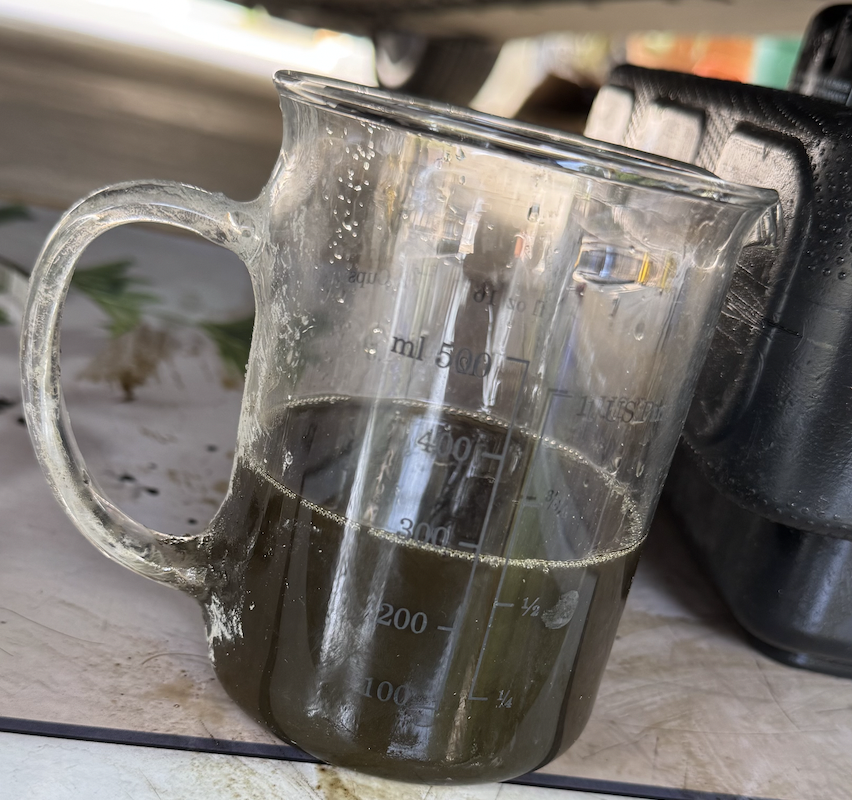
What the hell?! Yes, my i3 is on ramps, but everyone drains their i3’s diff on ramps, and they all seem to drain about the 500 mL that BMW says should be in there. Why did I only have 300 mL of black fluid in my diff?
See, this is my point. This is why all gearboxes should be serviceable. Because of stupid stuff like this. A refillable gearbox gives me peace of mind knowing my car has the best shot at living a long, prosperous life, and that the fluid is 1. The right level 2. not contaminated and 3. the right fluid type.
Its’ also just the principle of the matter. All 2014 BMW i3s had both a drain and fill plug in their differentials, and then in 2015 BMW deleted the fill plug. BMW had the casting right there for a fill-plug equipped differential case, and THEY went out of their way to make a new one without a plug. This is maddening.
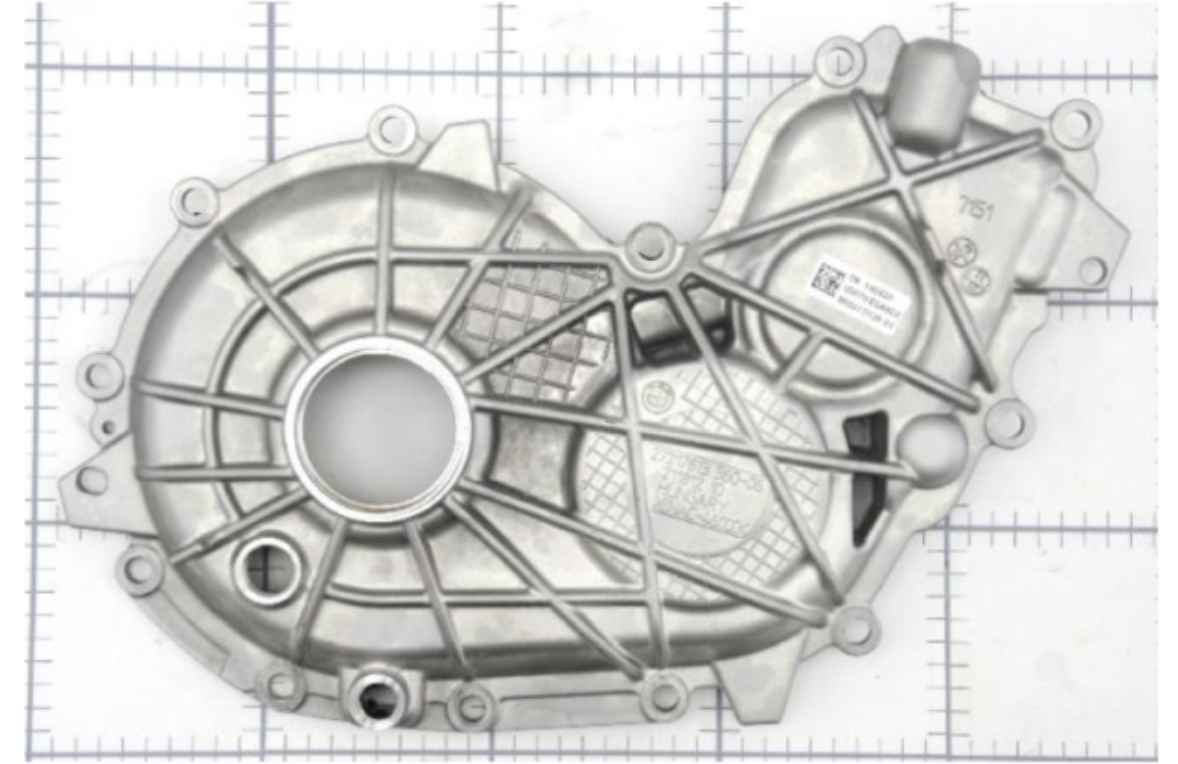
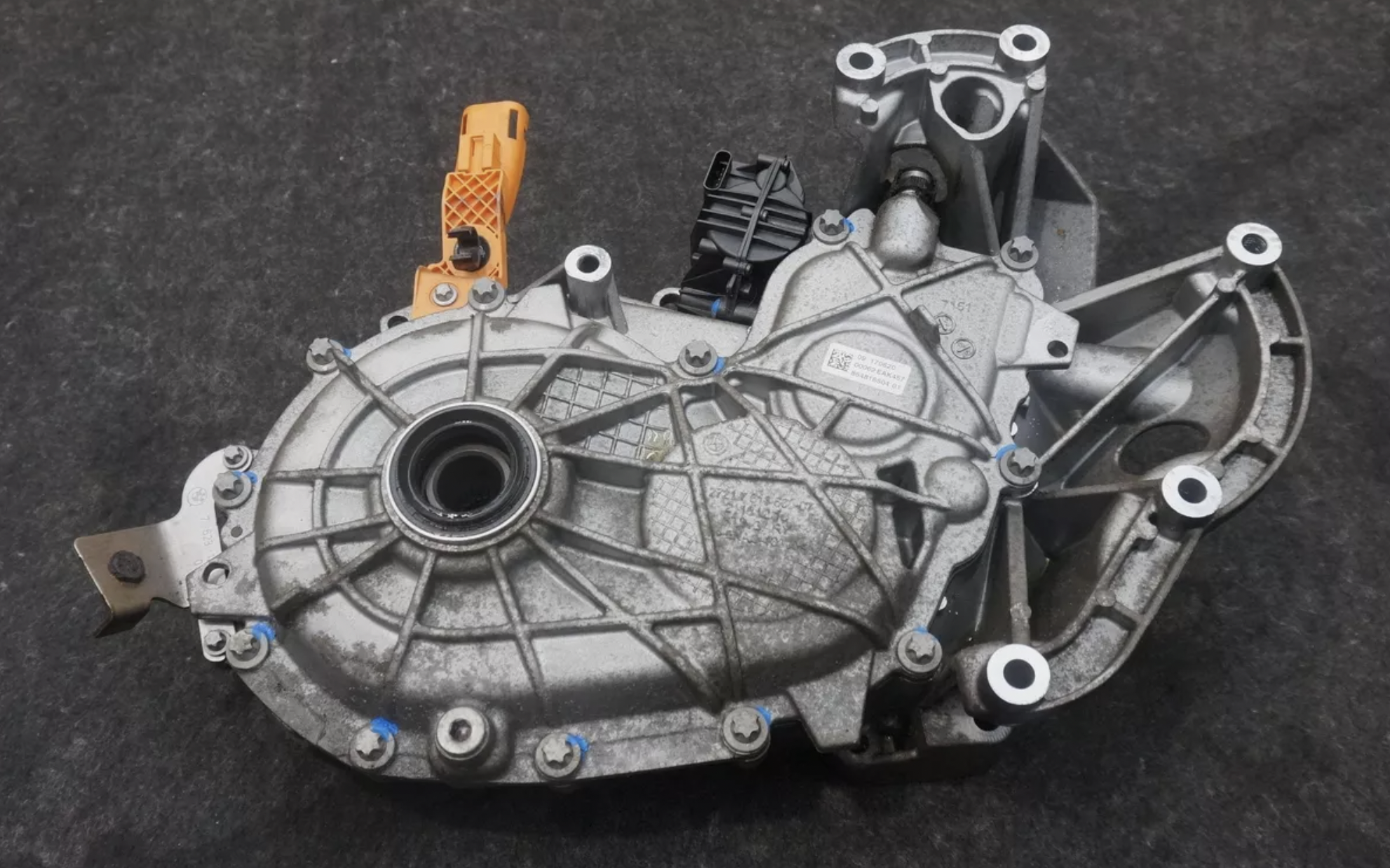
Anyway, I used to own a 2014 BMW i3, and since it was the only year with the fill plug, my drain-and-fill process was a breeze. But it’s not like my fluid, at 140,000 miles, was perfectly clean. Have a look:
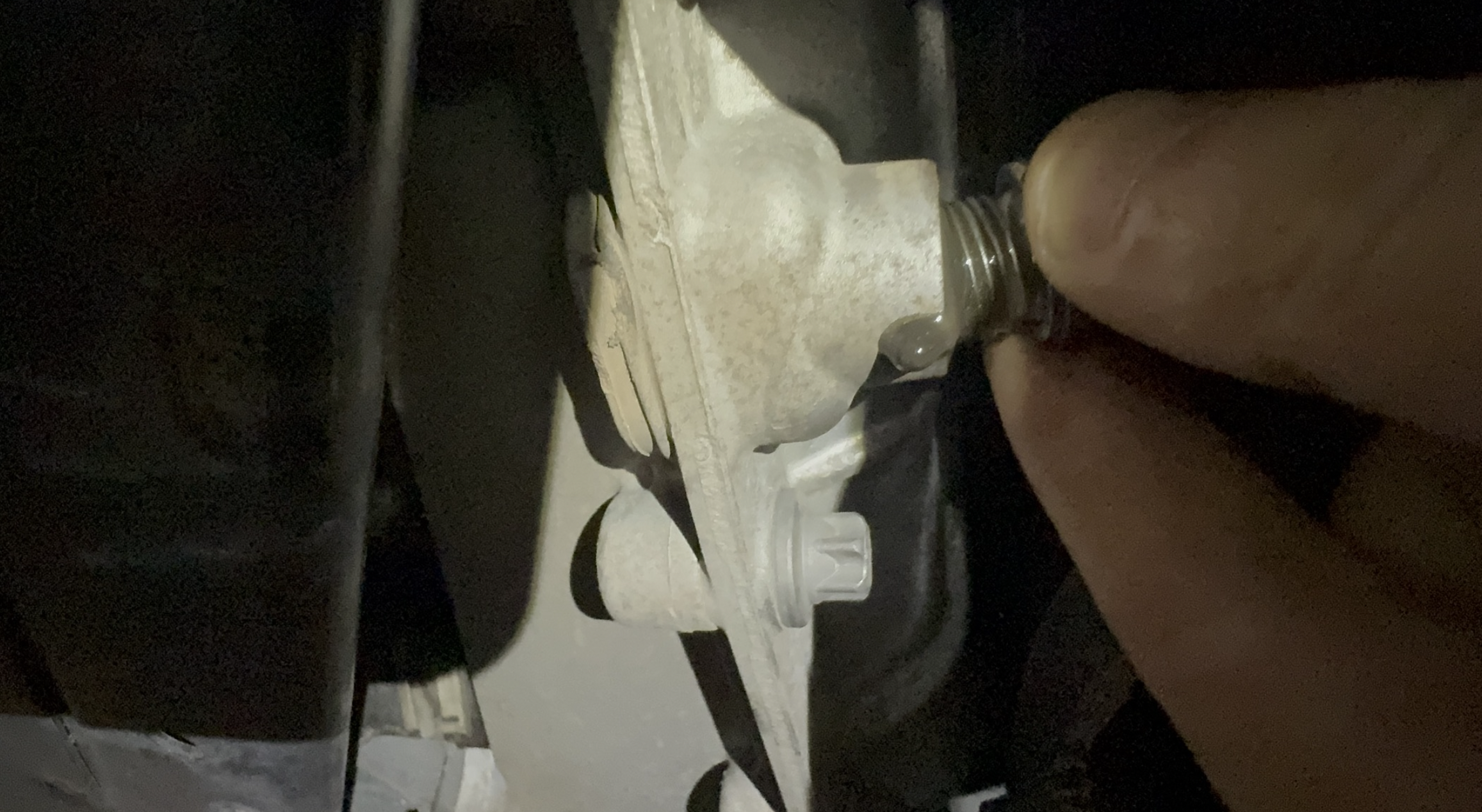

To be sure, once the sludge was out of the bottom of the case and off the magnetic fill plug, the rest of the oil looked pretty decent:
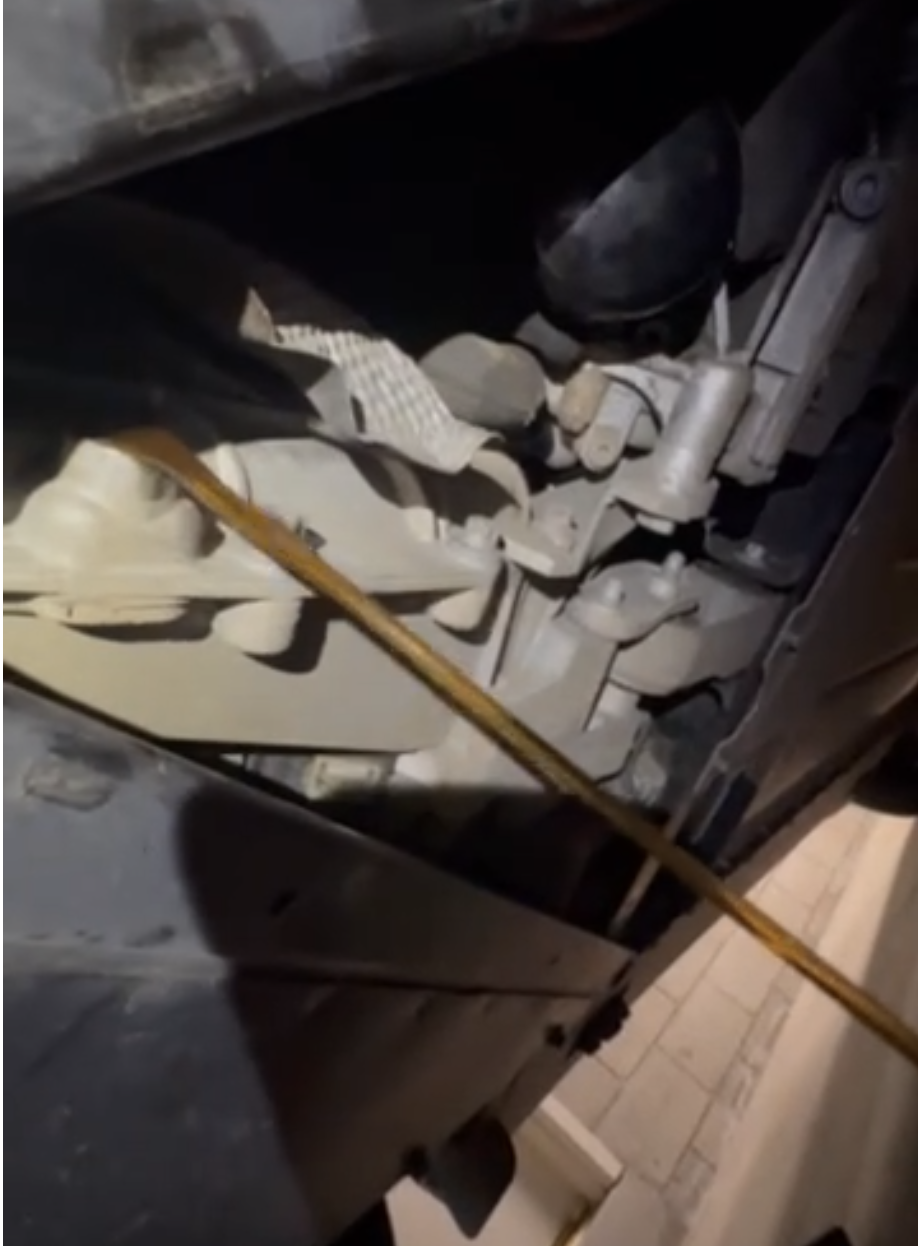
Still, I’m changing one’s automotive fluids is an inalienable right, and one that I am attempting to exercise on my 2021 BMW i3S — a vehicle with no fill plug. How, you may wonder, am I going to pull that off without flipping the car upside down? Well, BMW’s official recommendation when a technician has to fill the differential for whatever reason (perhaps it’s a newly installed unit) is to actually fill the case through the axle shaft hole.
But you know there’s no chance I’m yanking a CV axle just so I can fill this transmission. That would take forever. What some people do is they wrap a hose in electrical tape until it fills the drain plug hole, then they pump oil through that hose and into the differential, after which they yank the hose and quickly install the plug, ensuring they’ve pumped enough oil to account for spillage.
This sounds like a mess, so what a BMW i3 forum-member with username Pipino did is create a new fill plug. This plug features a threaded center bore, which can be used to fill the differential via a threaded fitting, and then plugged afterwards.
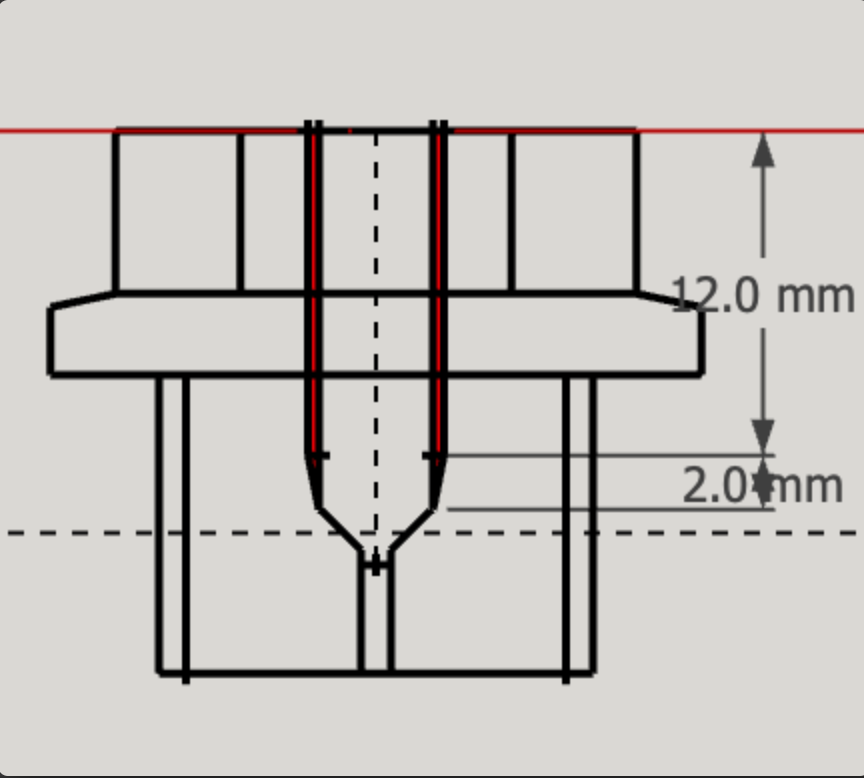
Here you can see the new plug on the right (with its strong donut-shaped neodymium magnet), and the old one on the left:

Here you can see the fitting going into that center bore.
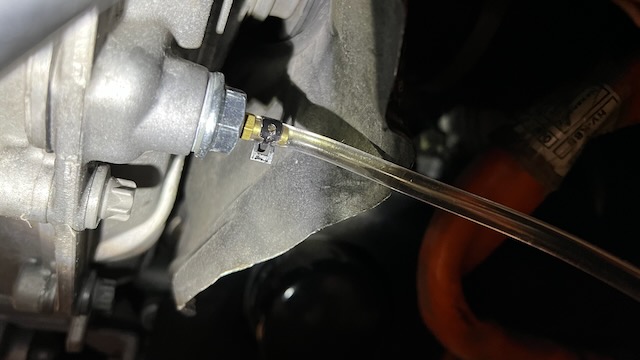
And here’s the grub screw plug for that center bore:
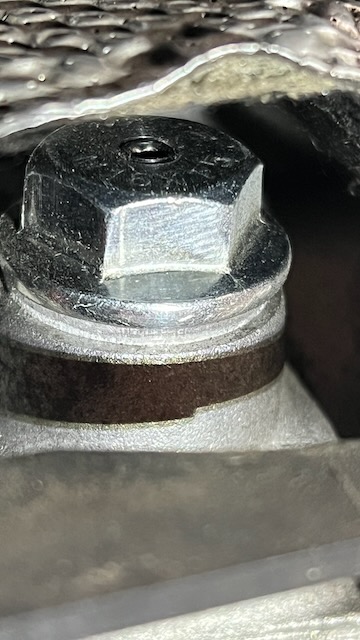
You might be thinking one could just pump the oil in through that center bore, remove the fitting, install the plug, and be done with it. But there’s a problem: The center bore is too small, and pumping thick gear oil through that would be a nightmare. It’d be slow and arduous and not worth it. Even if you could pump oil into the drain plug, there’s a bit of concern about straining the gaskets/seals from the pressure; obviously, there is a vent, but how big is that vent and how quickly could you pump fluid in there before it became a problem? I don’t know the answer, but what I do know is that Pipino’s process for filling the rear diff is a long one, as it involves using gravity:
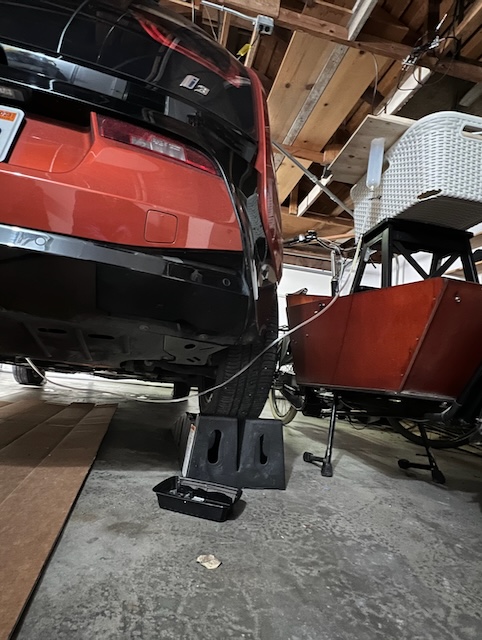
Yes, that’s right; we BMW i3 owners are having to IV-drip oil into our cars because BMW ditched its fill plug. As you saw above, I already drained my diff (and only got 300 mL); luckily the metal filings on my magnetic drain plug didn’t look any worse than others’, though my car only has 25,000 miles.
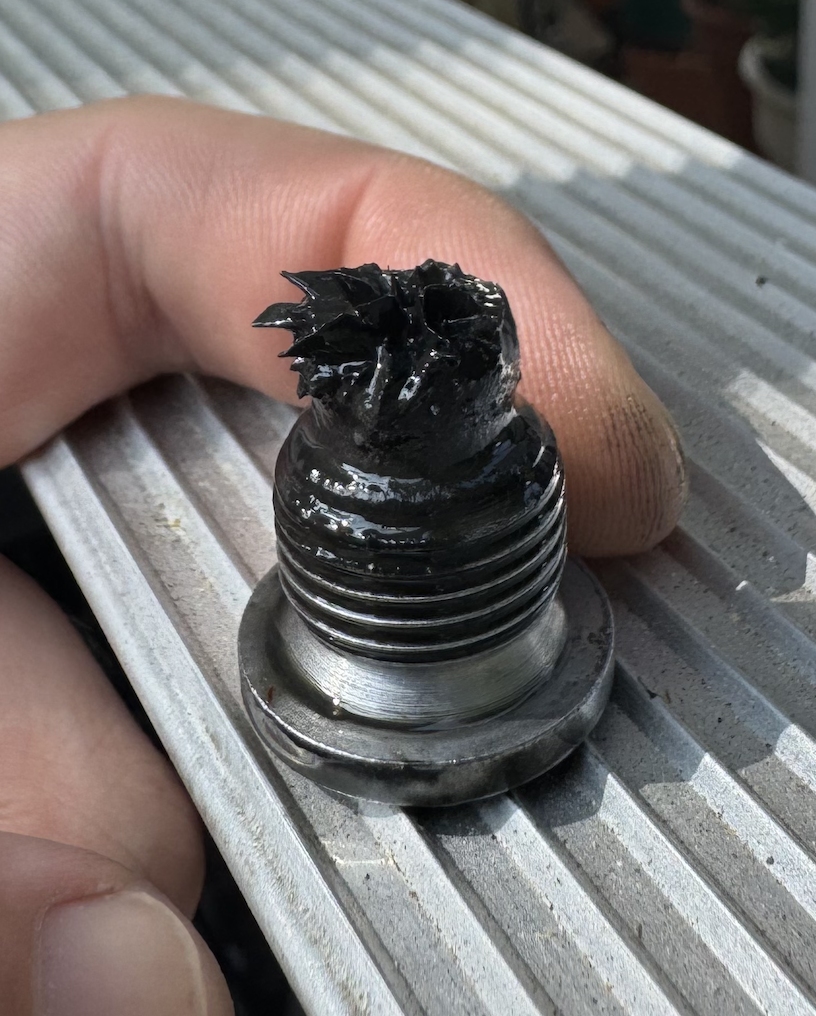
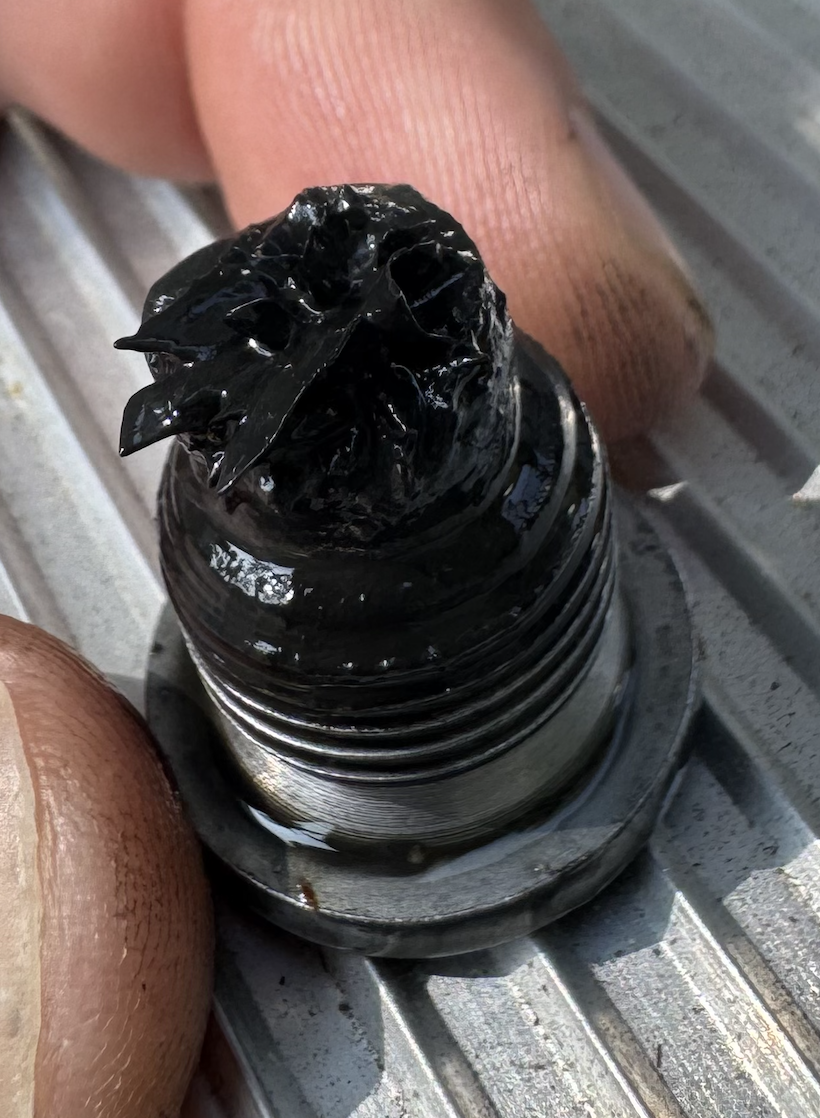
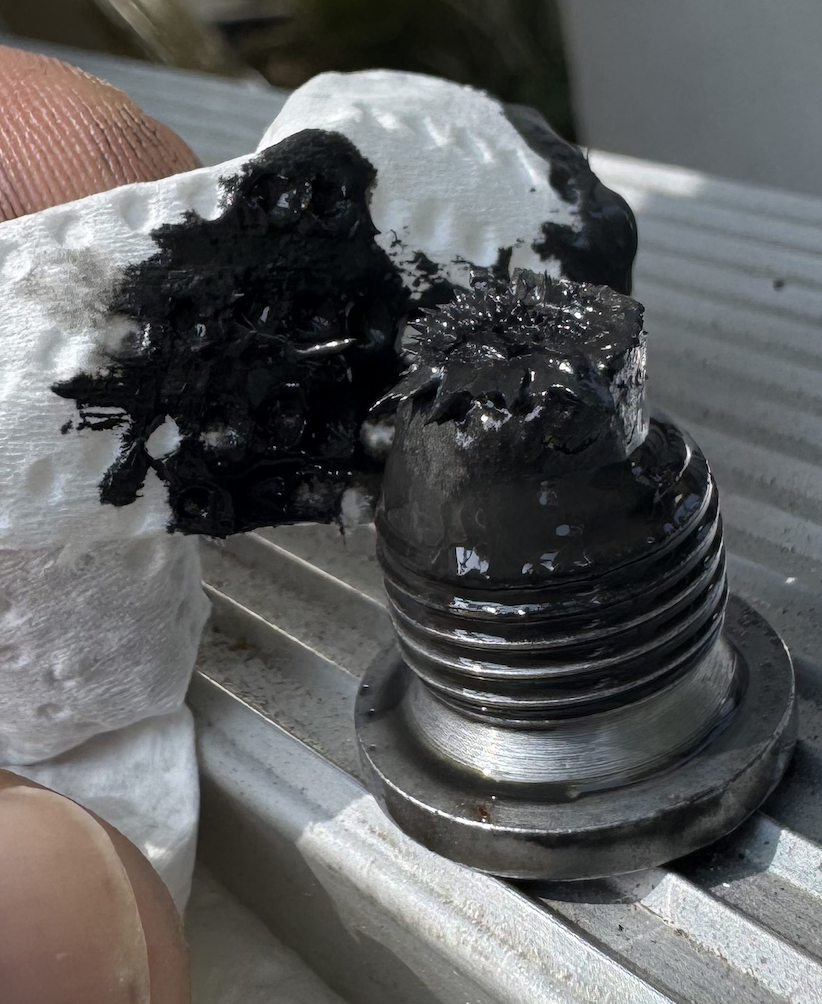
Anyway, here’s my setup:
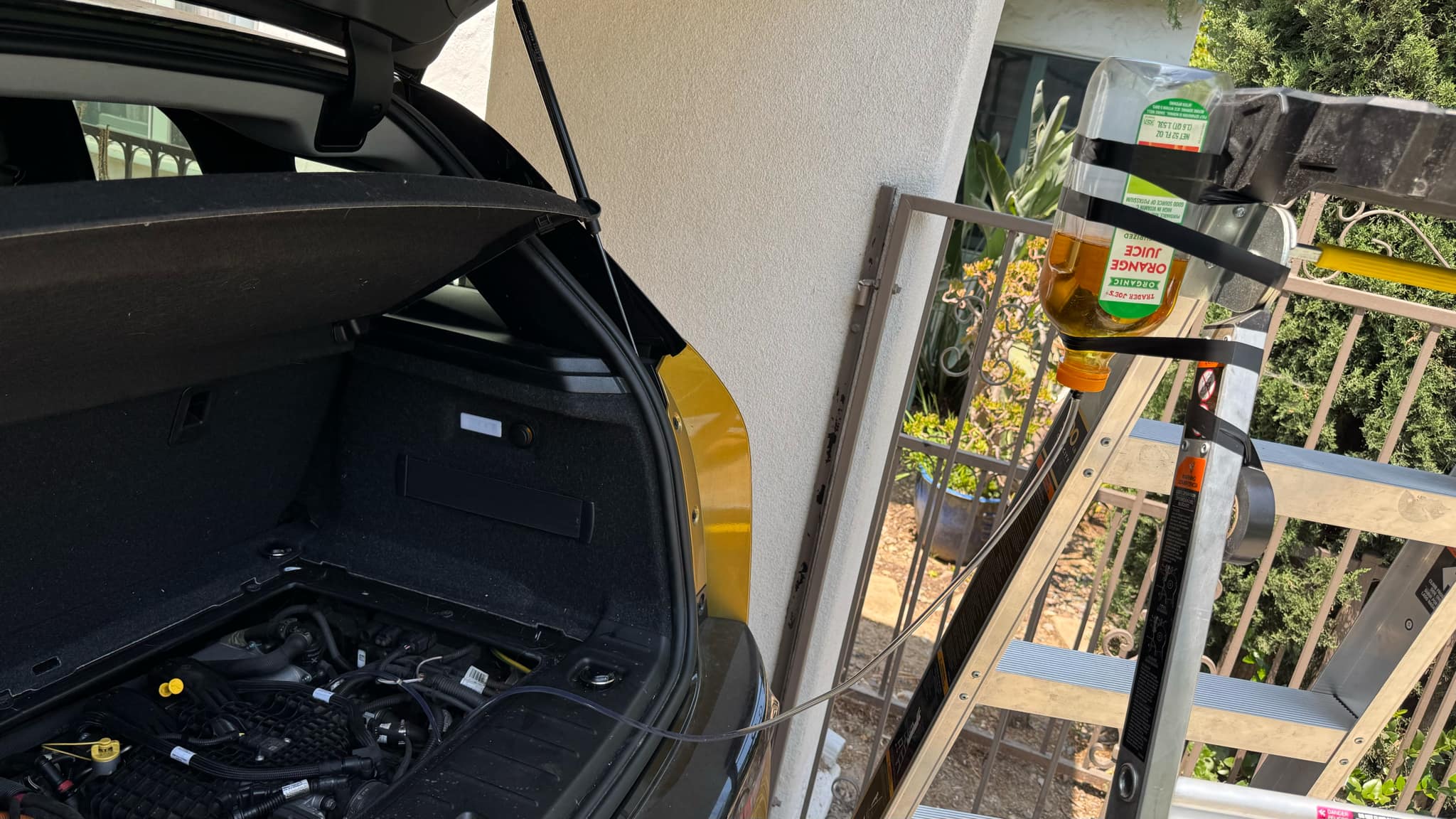
I’ll let you know how it goes. In three hours.
[UPDATE: Looking closely at the fluid entering my diff, I notice brass particles! Where can this possibly be from? The oil was new! Surely it can’t be corroding the brass fitting on the orange juice container that quickly, can it? Have a look:
I’m confused. -DT]
[UPDATE: It was a poorly-made brass nipple. Blast out your funnels/hoses/barb fittings with brake cleaner ALWAYS, folks! I usually do; I forgot this time and it bit me! -DT]

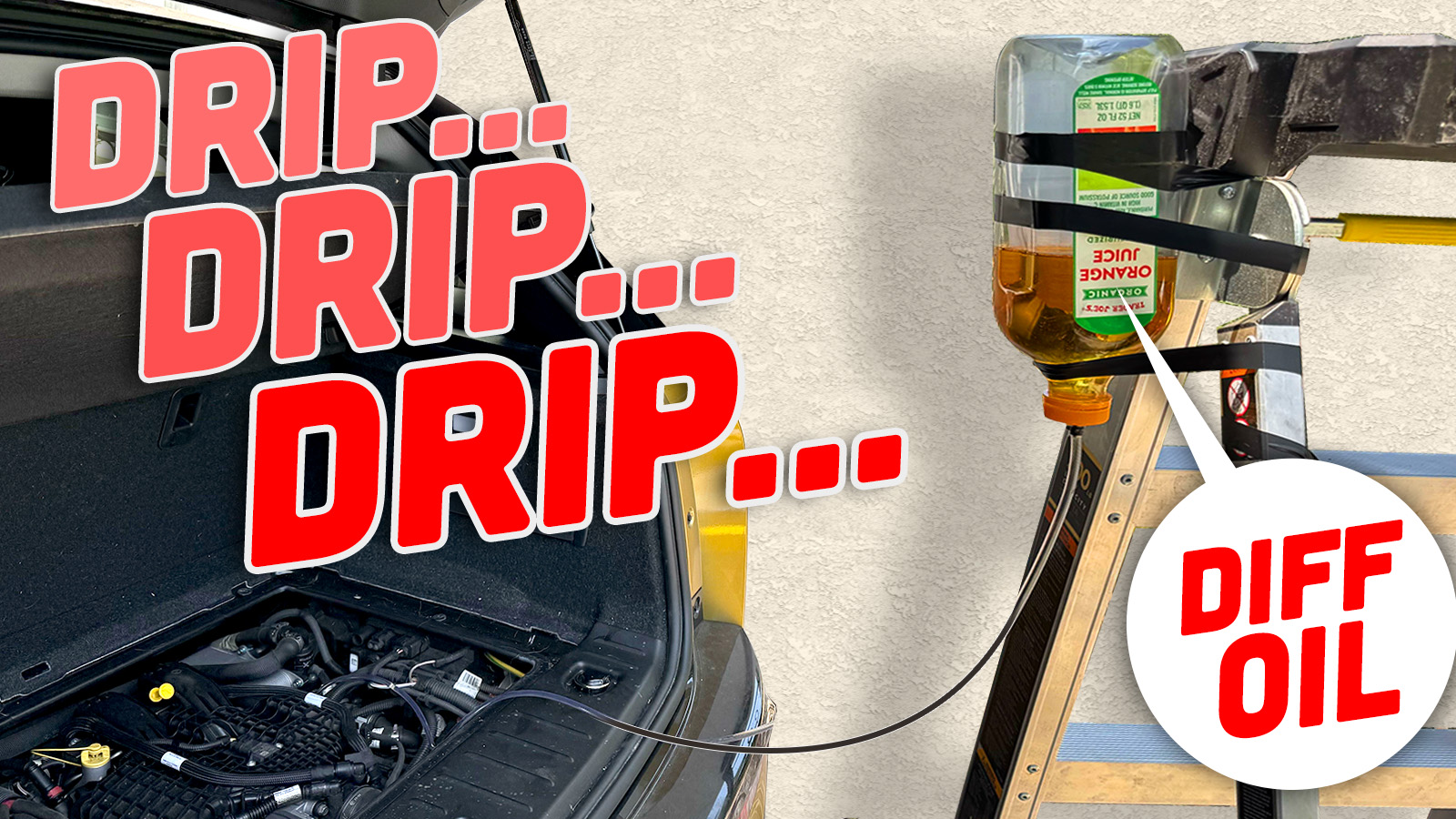






That fluid doesn’t look great for 25k miles. Good thing you changed it.
Our family truckster 2019 Flex has “lifetime” fluid for the AWD unit, but I’ve read enough stories of unit failure (from too little fluid getting cooked by the unit being tucked next to exhaust components) to know the fluid needs to be changed fairly regularly. But of course there is no drain plug, only a fill plug, so the process, while not as arduous as the i3’s, is still a PITA.
I hope whatever beancounter convinced Ford to go with “lifetime” fluid BS enjoyed their bonus while I’m burning my arm on a hot catalytic converter.
That terrible 2004 G35x I bought at an auction was surprisingly serviceable. Drain/Fill plugs on both diffs, transfer case, and transmission. I was shocked. Even more so when I discovered that the fluids actually had been changed at some point and looked great. It’s been sitting for a while, so I fired it up last weekend and it immediately started pumping gas out of something on the lower right hand side of the engine (probably the return line). I have a suspicion that it’s depressed and trying to “end” itself.
I’m definitely in the camp that is against “lifetime” fluid fills. I’m pretty sure I have a very different definition of lifetime than the accountants/MBAs making the decision. I can understand their reasoning even if I don’t agree but to delete a plug that was already there is just plain spiteful.
My previous DD had its diff and AWD unit service interval as lifetime and my current DD has lifetime fluid in the drive units (EV). However, they both have reasonable ways to change the fluid so I took care of it, anyway.
This sort of thing, especially on a car that I’m so fond of (the BMW i3) makes me sad… the planned disposability of major car components (and thus, often the entire car itself when the cost to replace the failed component exceeds the remaining value of the car) is something even beyond Harley Earl’s planned obsolescence. Like: W T F?!
I gather that the US population is still junking upwards of 10 million cars a year… perhaps as many as 11-12 million annually according to some sources, despite newer vehicles supposedly requiring less maintenance what with sealed transmissions, differentials, etc… This ‘needs less maintenance’ decree almost always comes with the component/vehicle being much more complex to service, and thus much more costly to own over time. While BMW (and most every other manufacturer probably) shaves a dime off of production costs here and there by omitting fill plugs, or locating service items under/behind other significant/unrelated components and thus makes the car a bit cheaper to make, it instantly and forever becomes more expensive to own.
And don’t get me started on the whole right to repair fiasco, or proprietary software code inside ECUs, and the limited period of time that a manufacturer must continue to make parts available. It’s all just a recipe for waste and expense on a monumental scale.
If you think fill for life diffs are an issue wait until you hear about fill for life EV drive units.
Seems like a $36 Fumoto oil drain plug would’ve been great for this. Much faster to fill as well!
Oh yeah! perfect solution.
Damn, that would be perfect! Wonder what the downfalls would be of this solution? Anyone see any? Wonder if Also, wonder what that thread size/pitch is? Asking as the owner of a 2019 i3S who may do this.
From what I found M16-1.5 is what you’re looking for, but double check that. I think the only downfall is that it wouldn’t have an easy way to burp it (think water cooler glugging) while filling, but once you get towards the end, you could shoot it with a touch of compressed air to finish clearing the line and then shut the valve. Or let that tiny bit of oil in the tube drain, it would be fine.
I’m interested in who this “Pipino” is because this is what I call my godfather. I think it’s purely a Sicilian dialect term for godfather, but my godmother is Pipina and they are collectively my Pipini.
Using rough numbers, if the diff has an air volume of 2000ml and you pump in 500ml without venting, the pressure increases from about 1 bar to 1.33 bar. That’s not a concern from a sealing perspective
Agree with everything you said. Without it being serviceable it makes the vehicle disposable which it isn’t and shouldn’t be. Related – Jeep deleted the drain plug of the Wrangler rear axle starting in 2022. The casting is even still there just like in your example above. Why? Was it really worth the 30 cents or whatever they saved on the drain plug and making a hole? I can see if they did it from the start, but it was there, and they consciously removed it.
The older Jeep axles had fill plugs only. My TJ Dana 30 doesn’t have a drain plug but my buddy’s JK does. It really boggles my mind how bean counters will kill a feature like that. Of course, they want us to buy new instead of repairing something old.
Same with my ZJ, and my old Chevy K10 with D44 front and 12 bolt rear. I needed to pull all those covers to drain it.
But why put it in, just to spend money and take it out? That’s the part that vexes me. I had a 2021 Wrangler and it had the drain plug. Awesome. Then I got a 2022, and it was gone. Boo.
> Complains about lack of user serviceability
>Proceeds to fill diff with foreign debris
Totally; this situation actually proves WHY BMW did what they did. They can limit warranty claims if they can limit this type of situation.
So now that you found the culprit, what’s the plan?
Drain and refill with fresh?
Drain, flush, refill?
Close it up and pretend it never happened?
All are viable options in various circumstances.
Gotta be option no. 1, right?
If David is correct, and it’s only brass, I’d assume that the diff gears are probably made of a much tougher material than brass, so it’s probably fine to leave it.
You really shouldn’t take my advice though.
I would think the same thing. Maybe it’ll even mash into the gear teeth faces to tighten up the clearance 😛
Volvo did something similar, lifetime transmission fluid, on our V70XC. Adding fluid also happens through the dipstick, not through the large bolt on the top of the transmission that looks suspiciously like a fill port. A local mechanic listened carefully and wrote down not to remove the bolt and only fill through the dipstick. The tech promptly removed the large bolt, dropping second gear into our transmission, filled it up with fresh fluid and buttoned it up. As they say, hilarity ensued.
The mechanic paid a local transmission shop to “fix” our transmission instead of rebuilding it. It lasted two years and then failed, and we ended up buying a reman transmission from Volvo.
Lifetime automotive fluids are the devil’s work. ????
The wife’s 2015 Chevy Cruze doesn’t even have a dipstick. But it does have drain and level plugs and apparently fluid changes are not that difficult. The filter, on the other hand, requires removal and disassembly of the transmission to replace.
That’s dumb.
Almost all trans filters are a pain to get to…the ones with spin-on filters are nearly unheard of. Most people aren’t even going to be bothered to drop a pan to change one out. Just do drain ‘n’ fills at whatever interval you please and not think about the filter.
At least the GM TH-series RWD transmission filters weren’t too bad to change. The first time you removed the pan (making a huge mess) you just either swapped out the pan with a new one with a drain plug or drilled/tapped your own magnetic drain plug and the subsequent changes weren’t anywhere near as messy.
Once the pan was off, the filter was easily accessible (and cheap!) to swap out.
See, you lost me at ‘drop the pan.’ I’ve done that on two vehicles but assume that’s not something too many people are going to do. It was messy and often time consuming even before considering most modern cars use FIPG to seal their trans pan.
And FWIW, the one TH-series RWD vehicle I owned (’85 Caprice with a 700R4) had the fun feature of requiring a crossmember to be removed in order to drop the pan and change the filter. That’s the job that drove me to realize I didn’t want to own that car any longer.
Yup, the first time was always messy. lol I’ve done many on the 4T65E and 4L60.
I’m a bad Volvo owner, my 07 XC70 has 233k on what I presume the original fluid. I bought it at 90K, meaning to do a drain and fill with the bucket method, but never got around to it. After a while I decided to leave well enough alone.
The trans is one of the only things that still functions perfectly on that car.
My 5th gen 4Runner has “lifetime” fluid, I had a drain and fill done around 100K, I’m approaching 200K and should probably do it again soon.
The first dealer I called for that service didn’t want to do it, they told me it wasn’t necessary.
Why did BMW do this? As I said the other day, an engineer would climb over a thousand virgins, just to screw a technician.
(I know it’s the bean counters who are to blame, but there’s something poetic about an engineer suffering the design choices of other engineers).